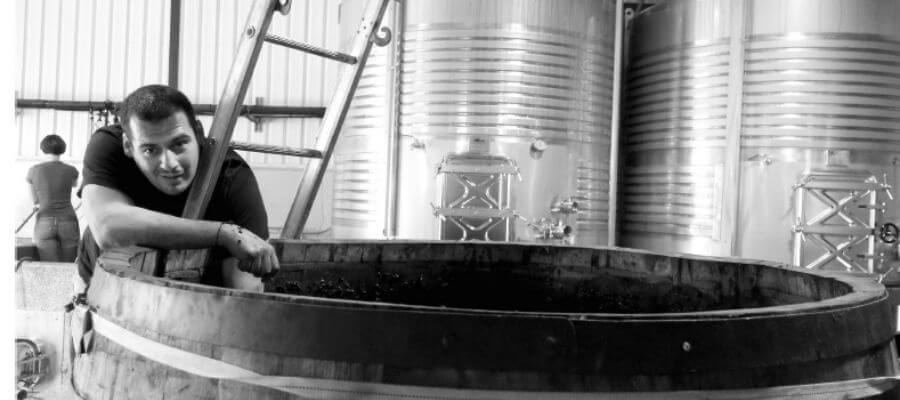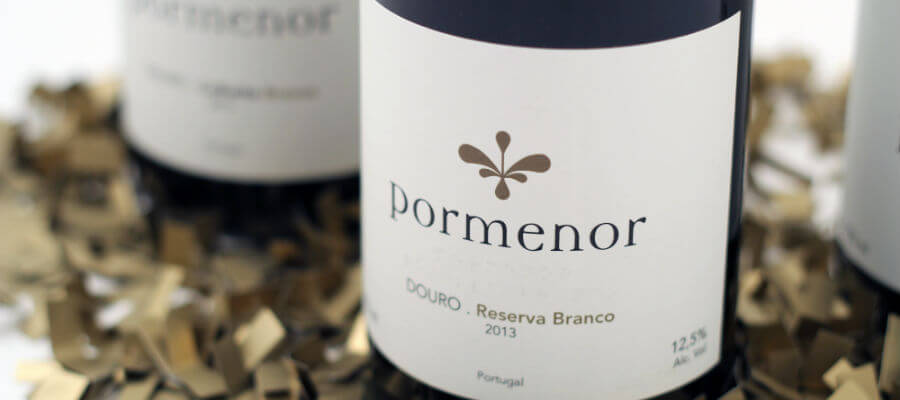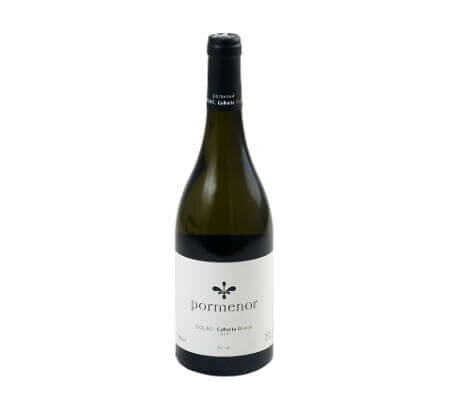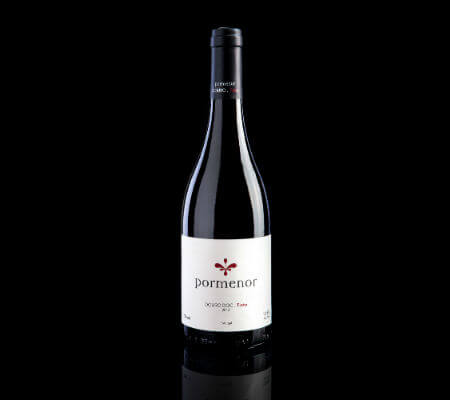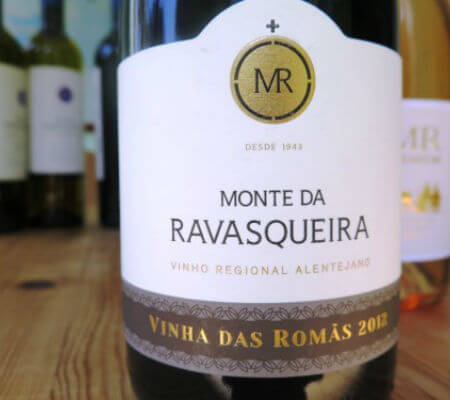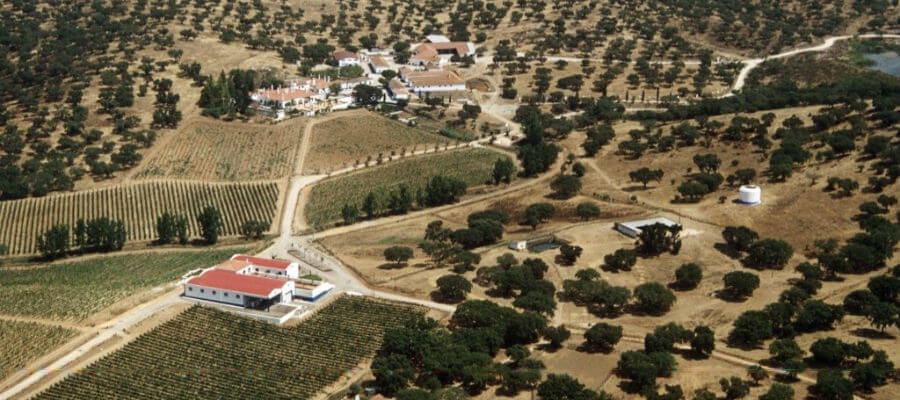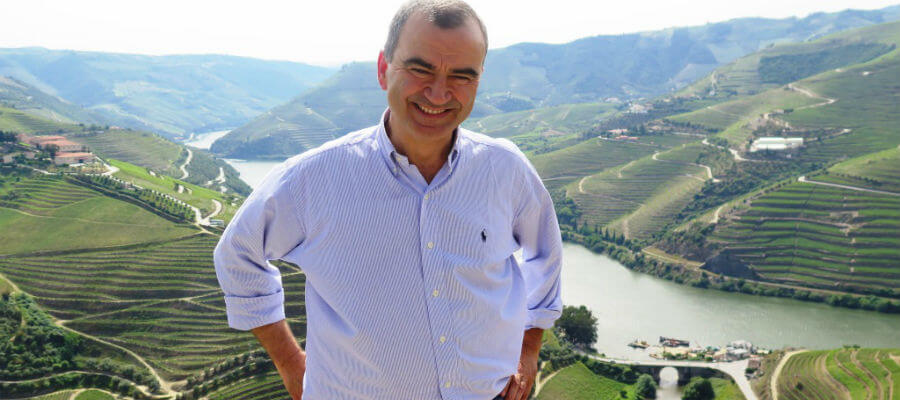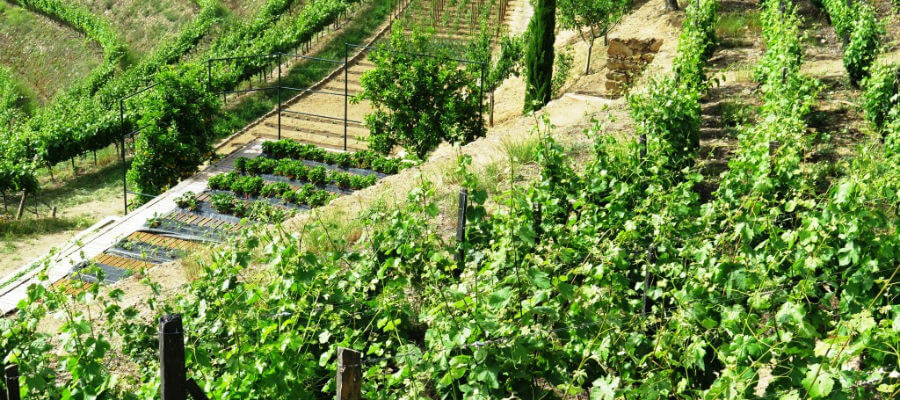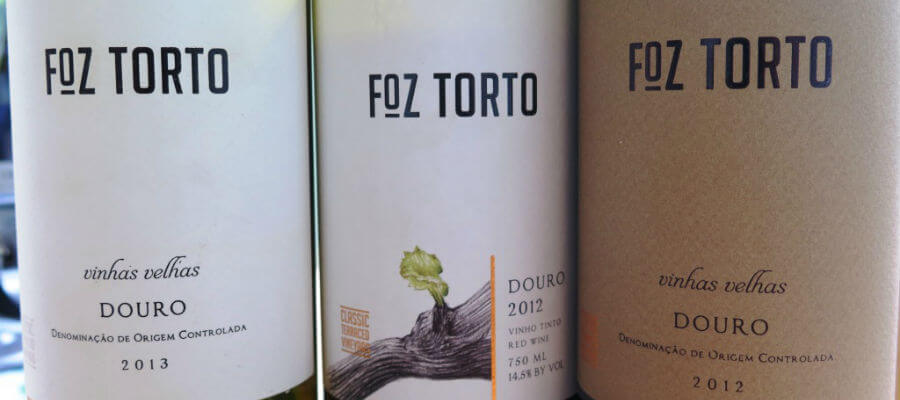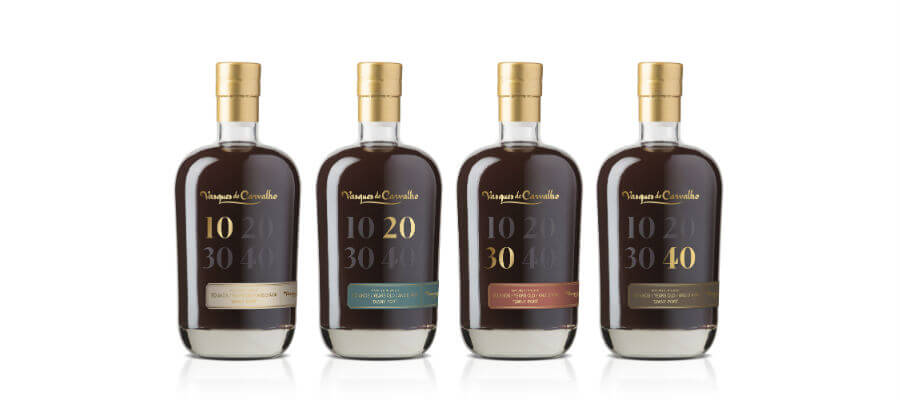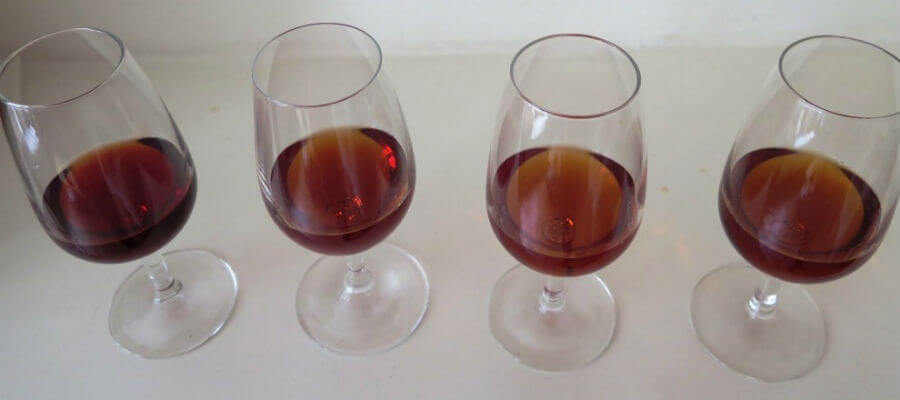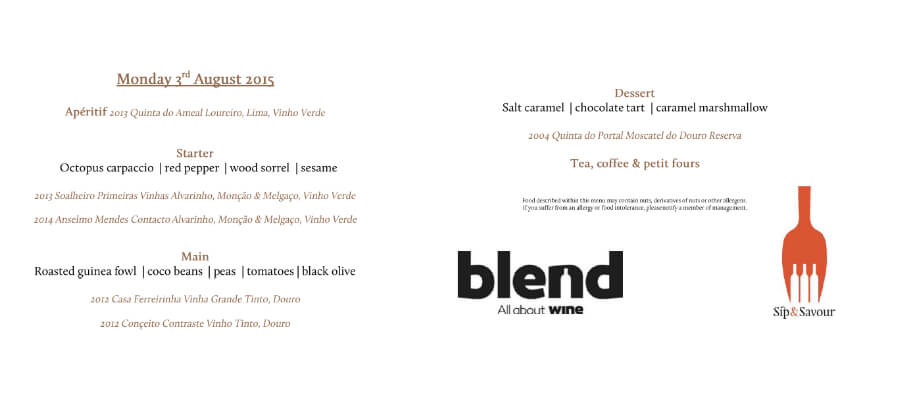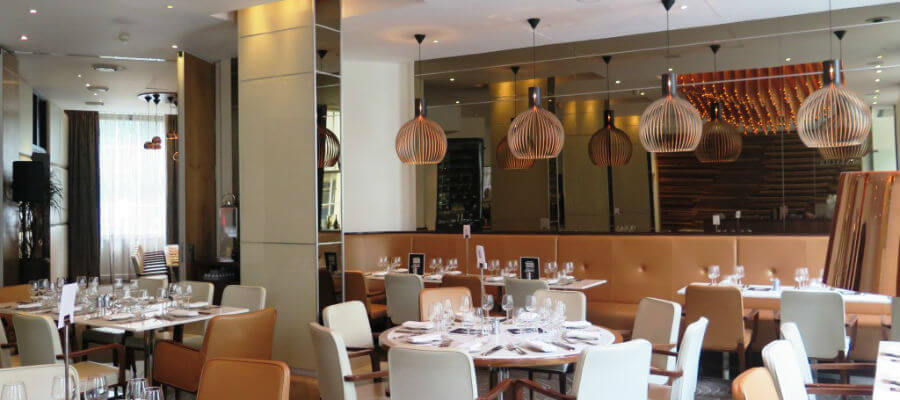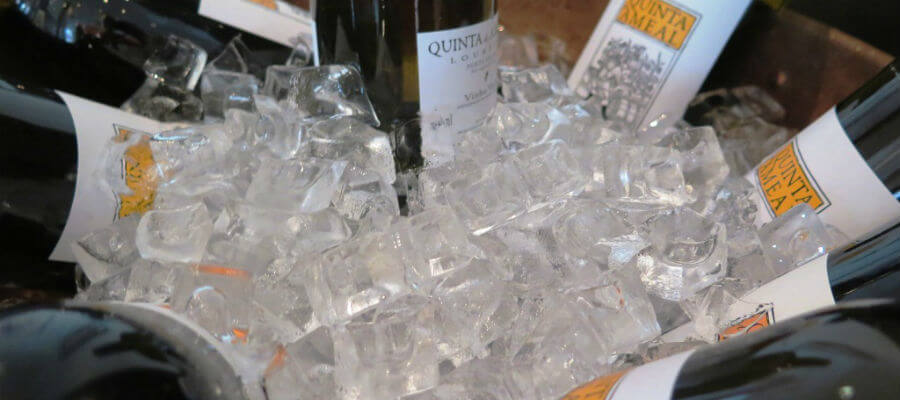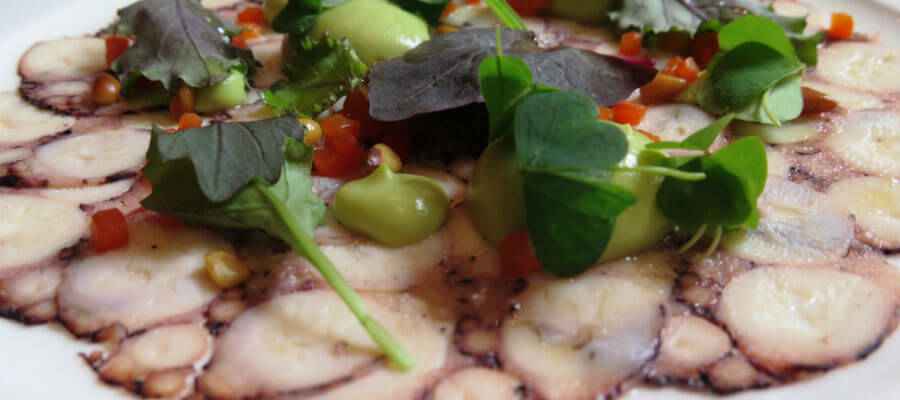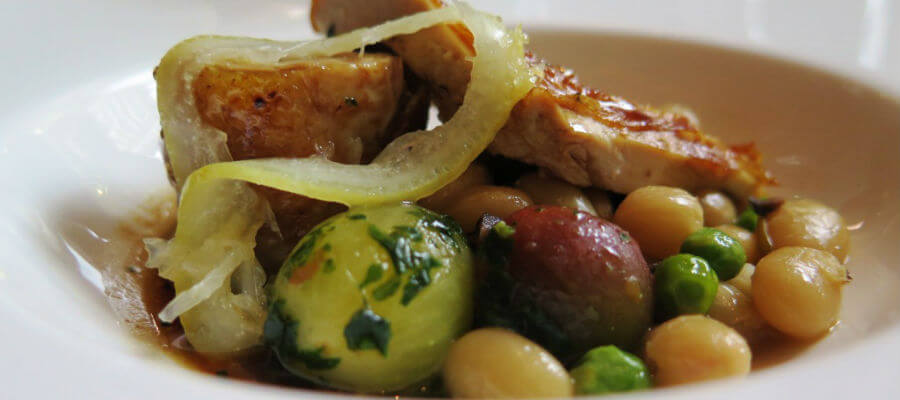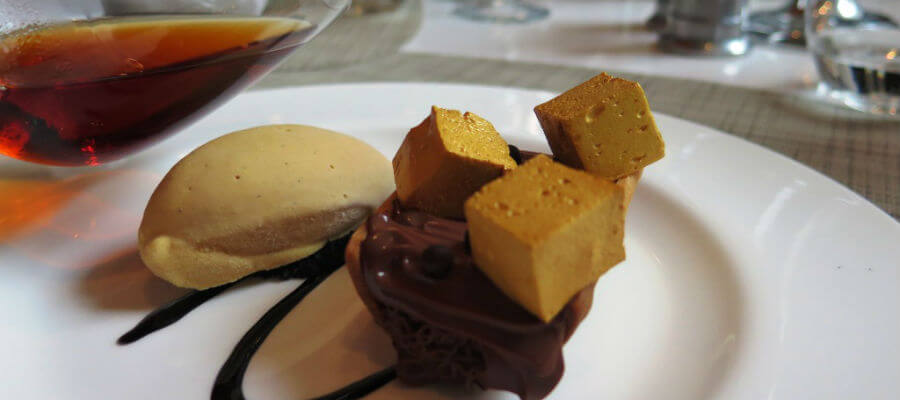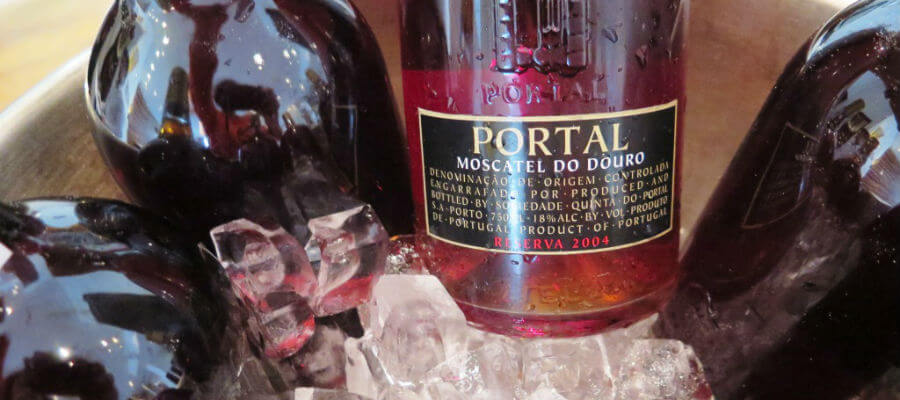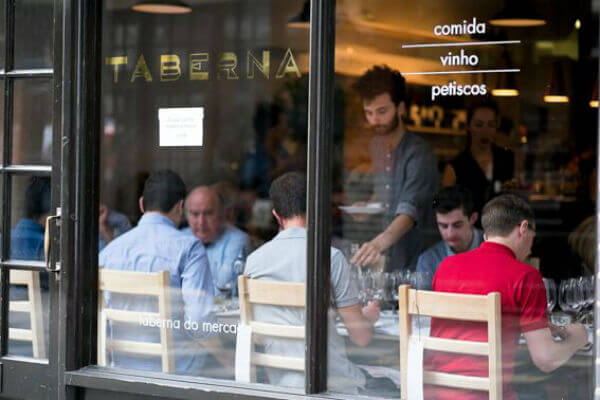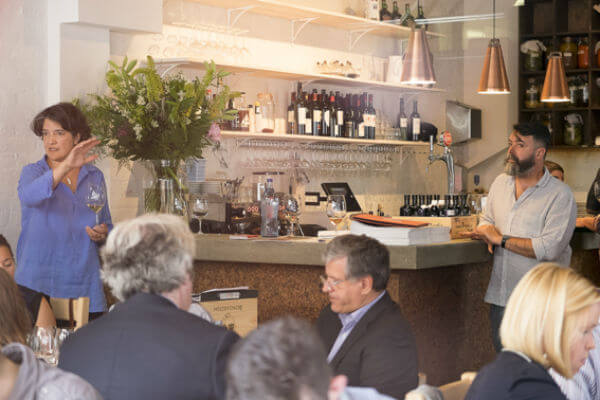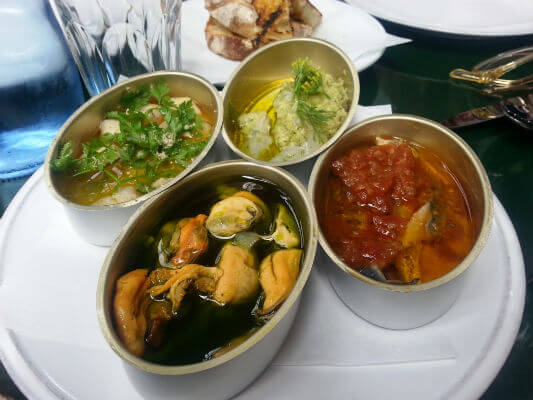Quinta do Vallado Vinha da Coroa 2013 – The Unflashy Crown
Text Sarah Ahmed
Vallado means “big valley.” As anyone who has taken Quinta do Vallado’s vintage Land Rover white knuckle tour to the top of this Douro estate can attest, it’s vertiginous too; the vines rise from 80 to 380 metres above sea level. Up top is where the oldest vines – centenarian field blends of some 34 assorted grape varieties – remain stubbornly rooted. It is from here – the crown (“Coroa” in Portuguese) – that Vallado has launched a new, strikingly different red wine called Vinha da Coroa from a two hectare parcel of that name.
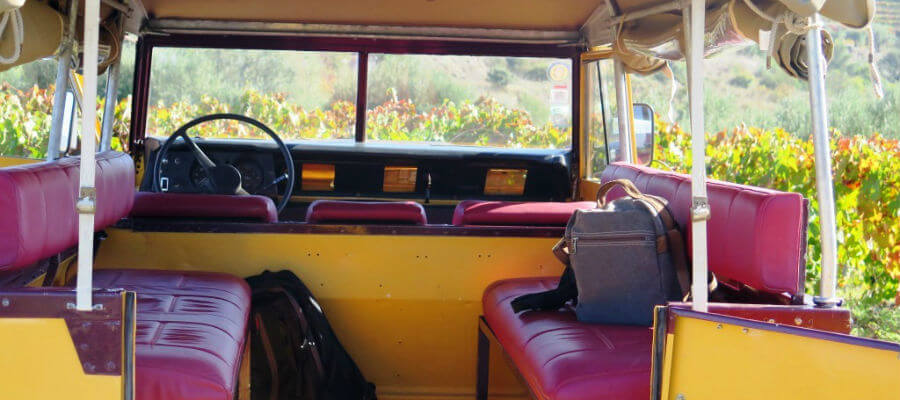
White knuckles at ease! The Land Rover reaches the top – Photo by Sarah Ahmed | All Rights Reserved
Explaining the background to this wine, Francisco Ferreira confided that it had vexed him that, “every year, two old vine parcels very close to each other [and vinified the same way] produced the best wines and the worst wines.” Doubtless it will now vex you to know that these “worst” wines came from Vinha da Coroa! Grimacing, as if he’d just chewed a grape seed, Ferreira recalled, “every year Vinha da Coroa’s fruit was more green tasting and bitter.”
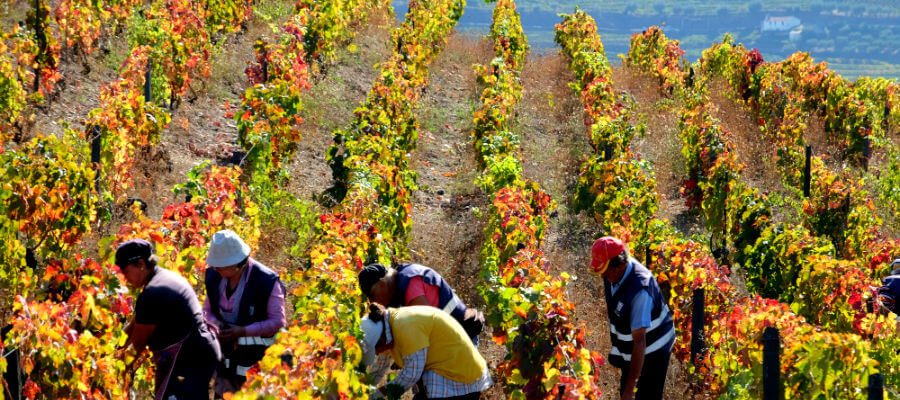
Vinha da Coroa – predominantly north facing old vines – Photo Provided by Quinta do Vallado | All Rights Reserved
Until the release of Quinta do Vallado Vinha da Coroa 2013, this parcel’s fruit went into Vallado Tinto, the much bigger volume entry level wine. A good ruse for diluting this greenness. So why launch a new wine made solely from this parcel? For Ferreira, it has resulted from getting to know Vinha da Coroa better. A clue, until recently, undiscovered in old papers pointed to its cooler, pre-dominantly northerly exposition – the parcel used to be called “Old Moscatel” (i.e. was once planted to this white wine variety). A factor which, together with its richer soils, explained why tannin ripeness – this greeness – was an issue for Vinha da Coroa, but not for Vallado’s other old vine parcels.
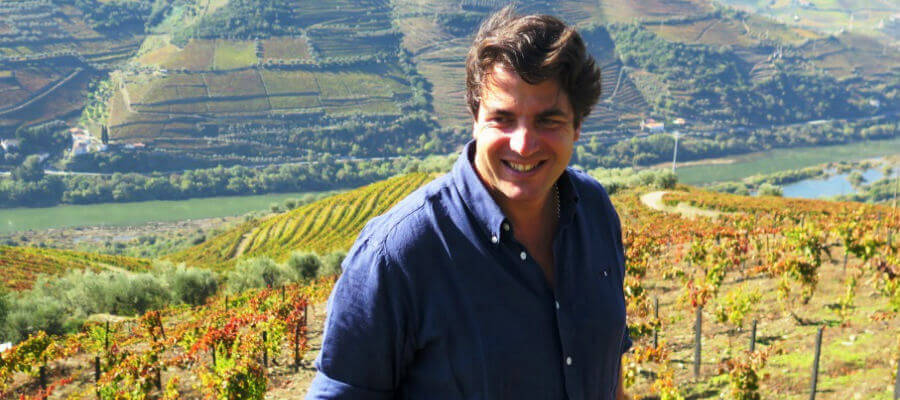
It’s all a question of perspective – Francisco Ferreira with Quinta da Vallado’s south-west facing old vines – Photo by Sarah Ahmed | All Rights Reserved
Quite sensibly given Vallado’s location in the Douro coolest, wettest sub-region (the Baixo Corgo), most of Vallado’s vines worship the sun, facing south-west. An aspect which, says Ferreira, is the secret to the “very mature, very balanced” tannin quality of top reds Quinta do Vallado Reserva Field Blend and Quinta do Vallado Adelaide, not to mention their powerfully concentrated fruit.
Once Ferreira understood this difference, he understood that resolving Vinha da Coroa’s greenness lay in adapting the winemaking/wine style to its cooler site, specifically extracting less tannin and, for balance, more delicate fruit. After all, as he observes, “the most important [issue for wine quality] is balance…I don’t care if the grapes are very ripe, if they retain good acidity and there is no excess alcohol and overripe fruit; also I do not care if the grapes are a bit less mature, if it [the wine] does not shows green tannins or bitterness.” As Vallado’s latest, very balanced release most eloquently reveals, with less extraction Vinha da Coroa is a favourable site for wines with upfront appeal (fruit and gentle tannins), but old vine savoury complexity. Or, as Ferreira puts it, “lighter wines, perhaps less flashy, but more desirable from the point of view of consumption.”
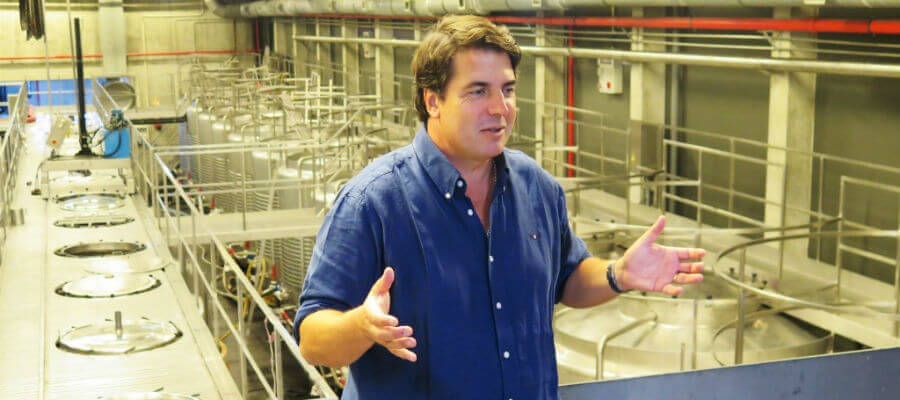
Easy does it – no robo-fermenters (pictured left) for Vinha da Coroa – Photo by Sarah Ahmed | All Rights Reserved
In fact, for Vinha da Coroa, he even picked this cool site a bit earlier to highlight its cool character – I liked its crunchy red fruits, peppery lift and fresh acidity very much. This style of lighter but utterly serious wines has firmly taken hold in Australia where one producer recently told me “there has to be a life beyond the larger than life men and big wines about weight, power and strength. Australia can do that, but it can do other things as well.” As can the Douro where, Ferreira acknowledges, Niepoort was at the vanguard of this approach with Charme.
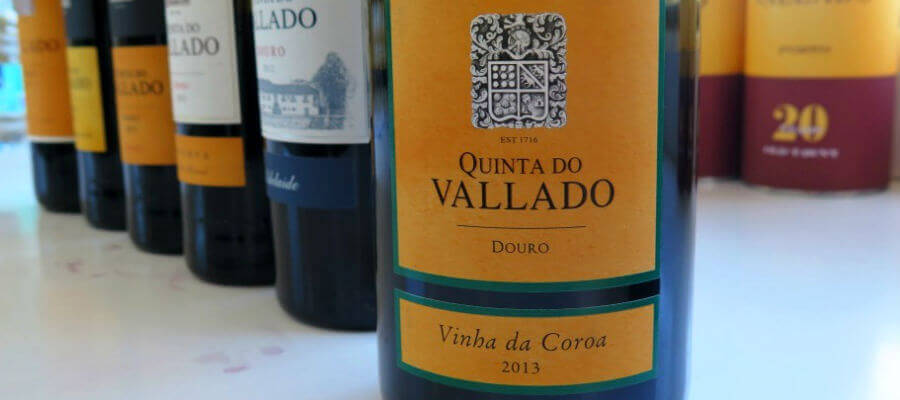
Quinta do Vallado Vinha da Coroa 2013 (Douro) – Photo by Sarah Ahmed | All Rights Reserved
In pursuit of a lighter style, Ferreira doesn’t crush any of the grapes, 50% of which are also whole bunch (with stems intact). While a robot-operated pigeage machine punches down the Reserva’s and Adelaide’s grapes perhaps four times a day, Vinha da Coroa underwent “very little extraction” (and a little Beaujolais-like carbonic maceration) during its 14 day ferment. It was aged for 16 months in French oak barriques, none new. Markedly paler than the 2013 reds I tasted alongside it, lively, fresh acidity sluices its crunchy red fruits. Harmonious earthy/savoury whole bunch notes bring depth, while pronounced white pepper notes and hint of eucalyptus add lift to the tail. Medium bodied, with good length and intensity, it brings an exciting note of contrast to Vallado’s portfolio. 14.5%

Like a bird hide, Casa do Rio, Quinta do Vallado’s new boutique hotel – Photo Provided by Quinta do Vallado | All Rights Reserved
A contrast which, travellers take note, is now reflected in their sophisticated oeno-tourism offer since the Ferreira family opened Casa do Rio in the Douro Superior. While Vallado’s well established hotels near Regua are within sight of this bustling town, Casa do Rio is distinctly off the beaten track. In fact, very much on a track, not a road. The track gently winds down Vallado’s Quinta do Orgal vineyard, leading you to this small (six room) boutique hotel overlooking the Douro. Almost hidden within the vine terraces like a bird hide, although bedrooms would benefit from better sound insulation, it’s a wonderfully peaceful location – a de facto natural retreat. I recommend it.
Contacts
Quinta do Vallado – Sociedade Agrícola, Lda.
Vilarinho dos Freires
5050-364 – Peso da Régua | Portugal
Tel: (+351) 254 323 147
Fax: (+351) 254 324 326
Website: www.quintadovallado.com





